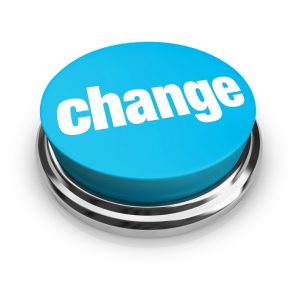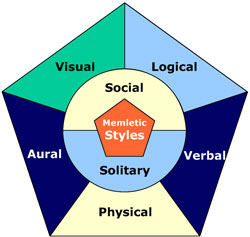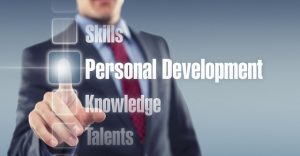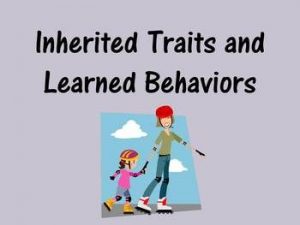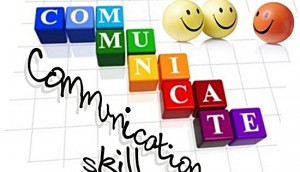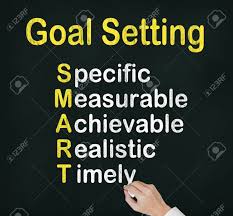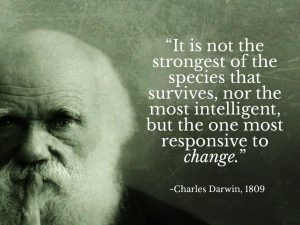 It can appear as if we wander through life being the sometime victim or beneficiary of Changes.
It can appear as if we wander through life being the sometime victim or beneficiary of Changes.
Often these are thrust upon us, other times they are the consequences of our own actions.
Occasionally, events are monumental, traumatic and appear as frequent and overwhelming occurrences in our lives, but then we often seem to experience periods of relative tranquility.
This appearance derives from what affects us personally, as in practice there is a constant barrage of unceasing and continuous change; just not everything has sudden or immediate impact on us individually.
Some occurrences are subtle and seemingly non-invasive.
Consider, for example: If you (say) drove a vehicle in Western Europe 60 years ago there were minimal road markings, limited sign–postings, very few (often no) traffic lights. Now all these things are prolific; there are rigorous lane controls with extensively policed and automated speed enforcement.
These huge changes occurred seemingly invisibly to the indigenous population who were bathed in and anaesthetized by Normalcy Bias. Time mitigated sensitivities and obscured visibility.
Consider also (say) the rules, regulations and Laws constantly enacted; in the US alone over the last few years there were 1000’s of new Bills involving many 100’s of 1000’s of new laws being passed by Congress.
All people governed by Laws are in some form ultimately subject to and affected by these changes and regulations.
Whether specific changes are essential, important or valuable is not the issue, here; it is the extent, pervasiveness and impact of change itself that is under discussion.
And importantly, CHANGES themselves can also take many forms:
NATURAL. Fire, Floods, Earthquakes, Climatic events, Environmental, etc.
SOCIETAL. Driven by Trends, Laws, Technology, Events, Wars, Commerce and more.
INDIVIDUAL. Death, Births, Sickness, Employment, Relationships, etc.
These events flow in an endless stream. Their impact on us as individuals depends on our personal situation and position.
So, if we can’t turn off the spigot, what are our choices?
There is only one choice and that is to Adapt (in some form). Our ability to do this and the way this is achieved affects the impact of the change upon us individually.
We can CHOOSE our Adaptation. We might accept gracefully, resist or do anything in between.
Whatever we choose the Adaptation can be stressful and/or result in Dislocation (Social, Physical, Mental or Individual).
Even going with the flow can ultimately bring its stressors. Being constrained or channeled to anything different can ultimately be contrary to our free will and psyche. 
So, our skill in Adaptability is key. And our flexibility in this is not without consequences. Even less–obvious and apparently simple concessions in changes can eventually take their toll.
Have there been major changes or events in your life? Have you become an unwitting or unwilling victim of circumstance and subtle change?
Are you in control of the path you are set upon?
Look at the obvious and gently changing circumstances that are your life. Are these what you ultimately want?
Maybe it’s time to carefully review where you are and are headed. Perhaps action is required.
Ian R. Mackintosh is the author of Empower Your Inner Manager Twitter@ianrmackintosh

